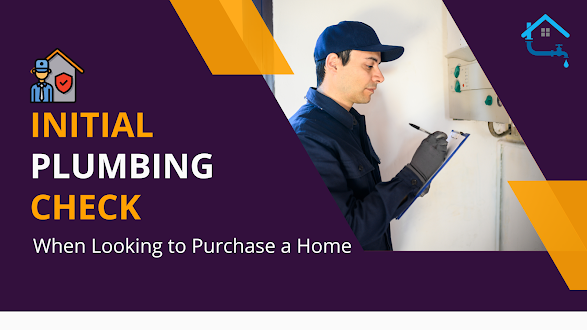Burst Pipe Nightmares: Prevention and Immediate Action Steps
The Culprits Behind Burst Pipes
Understanding the root causes of burst pipes is crucial for effective prevention. Here are some common culprits to watch out for:
- Freezing Temperatures: Cold weather can cause water inside pipes to freeze and expand, leading to pipe bursts.
- Corrosion: Over time, pipes can corrode from the inside, weakening their structure and increasing the risk of rupture.
- Water Pressure Spikes: Excessive water pressure can stress pipes, making them susceptible to bursting.
- Clogs: Accumulated debris and mineral deposits can block water flow and increase pressure within pipes.5. Age: Older pipes are more vulnerable to bursting due to wear and tear.
Prevention is Key
Protecting your home from burst pipe nightmares requires proactive measures. Follow these prevention tips to minimize the risk:
- Insulate Pipes: In colder climates, insulate exposed pipes to prevent freezing during winter.
- Monitor Water Pressure: Install a pressure regulator to maintain safe water pressure levels within your plumbing system.
- Regular Inspections: Schedule routine plumbing inspections to identify potential issues before they escalate.
- Proper Disposal: Avoid flushing items that can clog pipes, such as paper towels, wipes, and grease.
- Upgrade Old Pipes: Consider replacing aging pipes with more durable materials to reduce the risk of bursts.
Immediate Action Steps
Quick and decisive action is vital when a burst pipe nightmare becomes a reality. Follow these steps to minimize damage and prevent further complications:
- Shut Off the Water: Locate the main water shutoff valve and turn it off immediately to stop the water flow.
- Open Faucets: Open faucets are connected to the affected pipe to relieve pressure and allow water to drain.
- Catch Water: Place buckets or towels under the leak to collect water and minimize damage to surrounding areas.
- Call a Professional: Contact a licensed plumber to assess the situation and perform necessary repairs.
- Address Water Damage: If water has already caused damage, contact a water damage restoration company to mitigate further issues.
DIY Temporary Fixes
While waiting for a professional plumber to arrive, there are some temporary fixes you can attempt to minimize damage:
- Pipe Clamps: Use rubber or hose clamps to secure the burst area and slow the leak down temporarily.
- Epoxy Putty: Apply epoxy putty over the burst section to create a temporary seal until proper repairs can be made.
- Rubber and Hose: Wrap a rubber piece or an old garden hose tightly around the bust area and secure it with clamps.
Safeguarding Against Freezing Temperatures
Preventing burst pipes during cold weather requires additional precautions:
- Keep Indoor Temperature Stable: Maintain a consistent indoor temperature, especially in areas with exposed pipes.
- Open Cabinet Doors: In extremely cold weather, open cabinet doors to allow warm air to circulate pipes under sinks.
- Drip Faucets: Allow faucets connected to vulnerable pipes to drip slightly during freezing temperatures to prevent freezing.
Regular Maintenance Routine
Establishing a regular maintenance routine can significantly reduce the risk of burst pipes:
- Drain Outdoor Faucets: Before winter, disconnect and drain outdoor hoses and shut off the water supply to outdoor faucets.
- Flushing the System: Periodically flush your plumbing system to remove sediment and mineral buildup that can lead to clogs and pressure buildup.
- Monitor Water Bills: Keep an eye on your water bills – a sudden spike could indicate a hidden leak that may lead to burst pipes.
Insurance and Documentation
In case of a burst pipe emergency, proper documentation can aid in insurance claims and repairs:
- Document Damage: Take photos and videos of the burst pipe, water damage, and any affected belongings for insurance purposes.
- Review Insurance Coverage: Understand your homeowner's insurance policy to know what burst pipe damages are covered.
- Contact Insurance: Notify your insurance company about the burst pipe incident and follow their guidance for filing a claim.
Conclusion
Burst pipe nightmares are stressful and can lead to substantial property damage and costly repairs. By staying informed about the causes, implementing preventive measures, and knowing how to take immediate action, you can effectively safeguard your home against burst pipe emergencies. Remember that safety comes first – prioritize shutting off the water and seeking professional Katy plumbing experts help. With the insights and steps in this guide, you'll be well-equipped to handle burst pipe emergencies, mitigate damage, and ensure the long-term integrity of your home's plumbing system.




Comments
Post a Comment